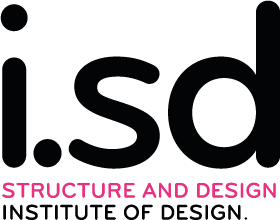The SFB Advanced Computatinal Design F77, funded by the Austrian Science Fund FWF, has been extended for a further four years. The main research question following from our vision and addressed by the SFB consortium already in the first phase (2020-2024) is: How to advance digital design tools and processes through multi- and interdisciplinary basic research? The aim is to develop novel joint knowledge in design methodologies guided by new challenges in the early design phase and to simultaneously advance the scientific fields of architectural design and geometry, computer graphics, and mechanics. A joint goal is to develop an material-informed design framework in the early design phase to equip architects with the necessary knowledge about design implications.
Subproject 3 „Computational Immedicy“
SP3 is part of the area design methodologies and aims at developing a volumetric design workflow based on point clouds and ML-assistance for the generation of concept models in the early design phase. The volumetric design method enables the architect to describe and manipulate architectural elements, their inner structure and material build up simultaneously.
In the first funding period, we developed a physical-digital design environment (“Clouder”) that allows the user to capture physical models as a point cloud and apply 3D style transfer via ML (deep learning) in real time. In order to process high-resolution point-cloud models, which are needed for architectural applications, a clustering and reassem-bling method was established. In cooperation with SP2, we worked on a further ML-assistance component based on voxels that provides an autocomplete operation to the user: based on the input of volumetric models in a “low” design resolution, highly resolved models containing archi-tectural details are suggested to the designer. For both training approaches, we created different sets of data: a collection of over 10,000 volumetric point-cloud models that also represent an inner distribution of points; and a selection of 200 canonical architectural buildings and their tec-tonics (differentiation based on their architectural elements and used materials). In the second phase we will focus on the volumetric workflow and data integration. The volumetric method is particularly suited for the manipulation of inner material distribution in regard to graded, anisotropic, and combined materials in early design phase. It also allows integrating other spatial data derived from simulation (lighting, radiation, structural). In close collaboration with other SPs we will develop architectural use cases and demonstrators how this volumetric design method can foster a more integrative approach towards responsible design solutions.

